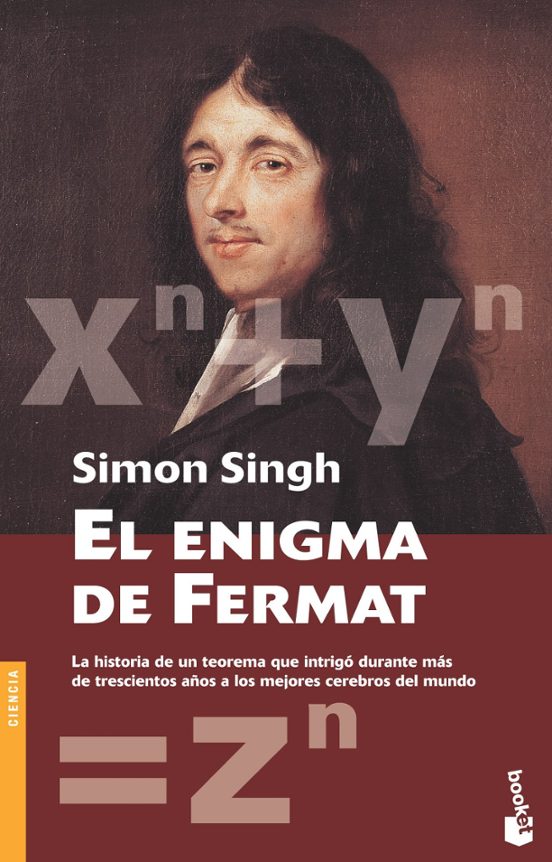
Singh gives a colorful and generally easy-to-follow summary of much of the mathematical theory that was generated in attempts to prove Fermat's conjecture.

Generations of the finest mathematicians failed to corroborate his claim. Singh traces the roots of the problem in ancient geometry, from the school of Pythagoras (whose famous theorem is clearly its inspiration) up to the flowering of mathematics in the Renaissance, when Fermat, a French judge who dabbled in number theory, stated the problem and claimed to have found a proof of it. As a schoolboy in England, Wiles stumbled across a popular account of Fermat's puzzle: the assertion that no pair of numbers raised to a power higher than two can add up to a third number raised to the same power. As one of the producers of the BBC Horizons show on how the 300-year-old puzzle was solved, Singh had ample opportunity to interview Andrew Wiles, the Princeton professor who made the historic breakthrough. 21st.The proof of Fermat's Last Theorem has been called the mathematical event of the century this popular account puts the discovery in perspective for non-mathematicians.

(Oct.) FYI: Singh's documentary about Fermat's Last Theorm will appear on NOVA (PBS) on Oct. Trans., electronic, performance rights: Christopher Little. Wiles may have proven Fermat's theorem, but an enigma remains: did Fermat really have a proof using the much less elaborate knowledge of his day, and was it correct? ""The Riddler"" continues to taunt mathematicians. The history of mathematics comes alive even for those who dread balancing their checkbooks, and anyone interested in the creative process will appreciate Singh's insights into how a mathematician tackles such a monumental problem.

bestseller under that title.) Much like a mathematician constructing a proof, Singh, a BBC science journalist with a Ph.D in particle physics, clearly explains various characteristics of numbers and then pulls them together to show how Wiles derived his complex solution. Mathematicians sought this mathematical Holy Grail for over 300 years, many doubtful that it even existed, some killing themselves after failed pursuits, until English-born Princeton professor Andrew Wiles finally proved what came to be known as ""Fermat's Last Theorem"" in 1994, and became an overnight celebrity.

Fermat scribbled in the margin of a book that he had found a ""truly marvelous"" proof, but he seemingly never bothered to write it out. The 17th-century French amateur mathematician and all-around Renaissance man Pierre de Fermat posed what seems to be a simple mathematical theorem: you cannot find three numbers such that xn + yn = zn, where n is greater than 2.


 0 kommentar(er)
0 kommentar(er)
